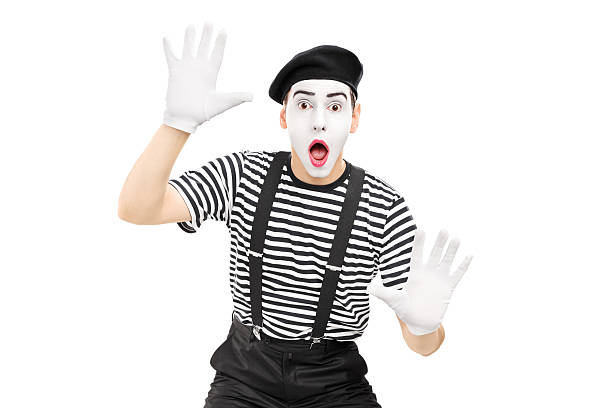Unmasking the Intricacies of Facial Expression in Modern Mime
Introduction: Dive into the fascinating world of modern mime—an art form that is breathing life into the silent storytelling tradition. Discover its historical roots, current trends, and the profound impact it is having on contemporary entertainment culture.

The Rich Tapestry of Mime: A Historical Overview
Mime, as an art form, has been prevalent in society since ancient times, with roots tracing back to Ancient Greece. The word “mime” itself descends from the Greek “mimos,” meaning “imitator.” Early mime was a form of theatrical expression where performers used gestures and movements to tell stories, often accompanied by music but devoid of spoken word. In the 20th century, French actor and mime Marcel Marceau revolutionized the art form, bringing it to the fore of modern entertainment and broadening its reach to a global audience.
The Modern Mime: A Silent Revolution
Today’s mime has evolved significantly from the stereotypical white-faced, silent performer trapped in an invisible box. Modern mime artists have expanded their repertoire, incorporating elements of dance, clowning, and physical theatre into their performances. Some even blend in spoken word, blurring the boundaries of traditional mime. This evolution has propelled mime into the mainstream, with performers gracing stages from Broadway to the streets of Tokyo.
The Power of Silence: The Impact of Mime in Entertainment
In an era dominated by technology and sound, mime offers a refreshing, quiet alternative. The art form’s emphasis on physical expression and non-verbal communication resonates deeply with audiences, allowing for a more intimate and profound connection. Mime has also influenced other art forms, including film, where silent storytelling techniques are often used to create dramatic effect.
The Future of Mime: A New Wave of Silent Storytellers
With mime’s popularity surging, a new generation of performers is emerging. These artists are pushing the boundaries of what mime can be, integrating multimedia elements and experimenting with form and style. This innovation is not only reinvigorating mime as an art form but also ensuring its relevance and longevity in the 21st-century entertainment landscape.
Embodying Emotion: The Significance of Facial Expression in Mime
Facial expression plays a crucial role in mime, often serving as the primary tool for conveying emotion and narrative. The ability to manipulate facial muscles to express a range of emotions without uttering a word is a skill that distinguishes mime artists. This use of facial expression is not just significant within the realm of mime - it holds a mirror up to our own human experiences, emphasizing the power and universality of non-verbal communication.
In conclusion, the world of modern mime is a vibrant and evolving landscape, building upon historical foundations while continually innovating. As we delve deeper into this silent world, we discover a rich tapestry of storytelling that transcends language and culture, reminding us of the universal power of human expression.



